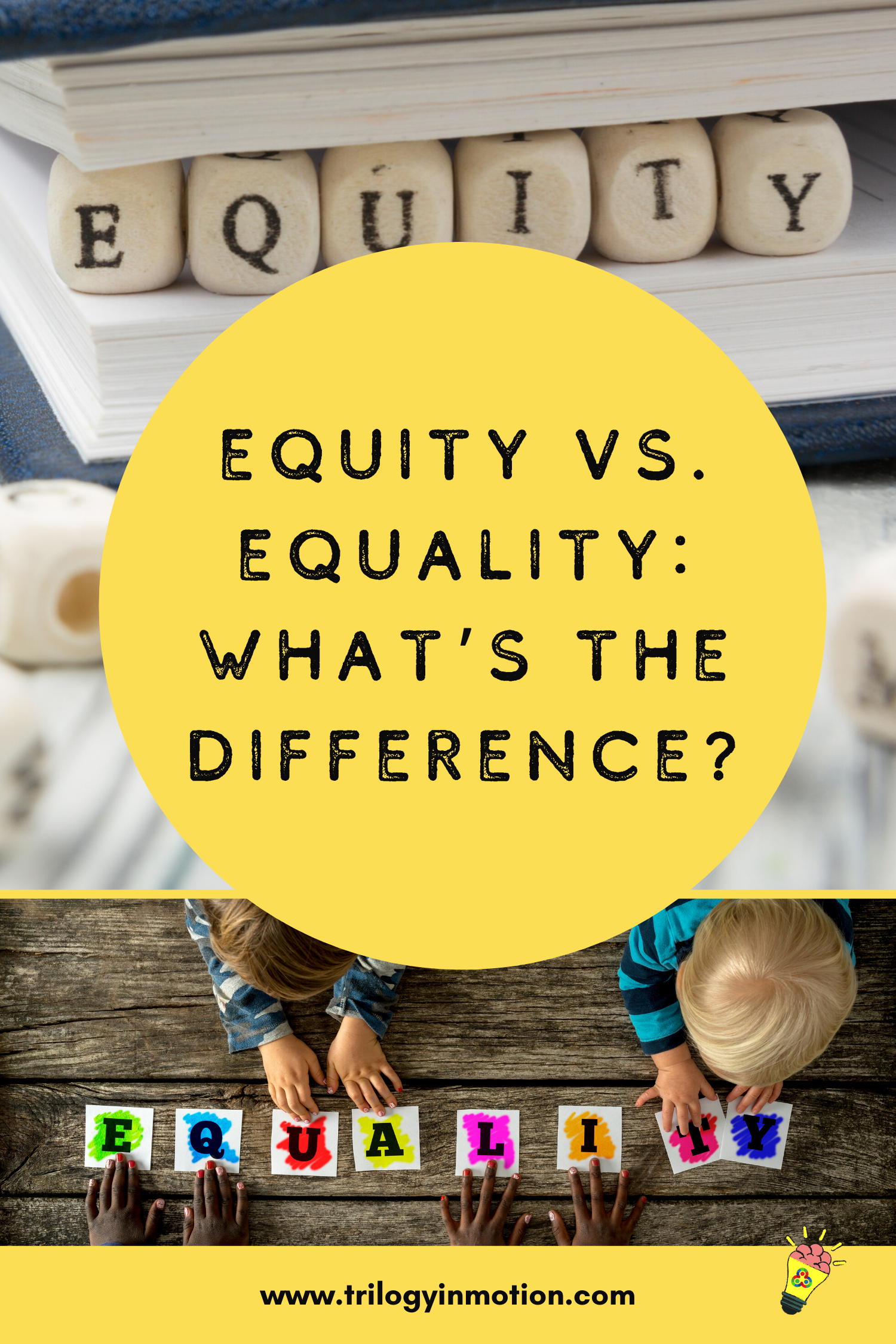Equity VS. Equality; What's the difference? What do we do?
Equity VS. Equality; What's the difference? What do we do?
Equality is a concept that most of us condone. We believe in equal treatment of minorities, women, the underprivileged, and so on. However, the idea becomes a bit problematic if we do not take into account the concept of equity.
Equality refers to equal treatment for everyone regardless of their background or financial status.
Equity, on the other hand, means "fair" treatment based on a person's distinctive needs.
Caroline Beldon in her Equity Vs. Equality Series at The inclusion solution explains that "Equality is leaving the door open for everyone who has the means and equity is ensuring there is a pathway to the door for anyone who needs it."
Why Does Equity In A Classroom Matter?
Inequity and Inequality have considerable significance, especially in schools. While schools may be providing equal opportunities to students from different backgrounds, it is the different types of inequities that influence the outcome of a student's performance in school.
As stated in The Glossary Of Educational Reform: "Inequities occur when biased or unfair policies, programs, practices, or situations contribute to a lack of equality in educational performance, results, and outcomes."
The following two aspects of equity need to be addressed and considered in classrooms to ensure that an environment of equity is practiced:
Fairness: refers to making sure that a student's personal or social life and background do not hinder their journey of exploring their true potential in their academic advancement.
Inclusion: refers to creating fundamental academic standards and activities that include each and every student of all backgrounds, cultures, ethnicities and social class. Inclusion is not complete without ensuring that health and medical boundaries are not preventing academic participation.
Encouraging Equity In A Classroom
To make a classroom entirely equitable for all students, the differing academic needs of all students must be met. Once schools, teachers, and parents acknowledge that students are separate beings with individualistic characteristics and requirements, they can alter their teaching approaches to provide fair, inclusive and thus equitable opportunities to all students. The question that arises is how can the needs of all the different kinds of students be met in one classroom. The answer lies in adopting a personalized teaching approach.
A personalized learning approach means creating an educational experience for all students that is personal to them rather than teaching all students as a herd and expecting them to understand in the same manner as each other. Just like the famous quote that says, “You cannot judge a fish by its ability to fly!” You don't have to provide a shoe for everyone; you need to make sure that you provide a shoe that fits!
Using a range of diverse teaching techniques that address the distinct needs of each student and helps them progress in their academic life encourages equity in a classroom.
Inequity exists in our surroundings in different shapes and forms. Different students require different kinds of academic support, which is why a personalized education system is necessary. The young learners of today are the entrepreneurs of tomorrow; we must equip them with the tools required to prosper and give birth to creative innovations.
For further reading about equitable education and the long term impact check out this article from The Balance.


